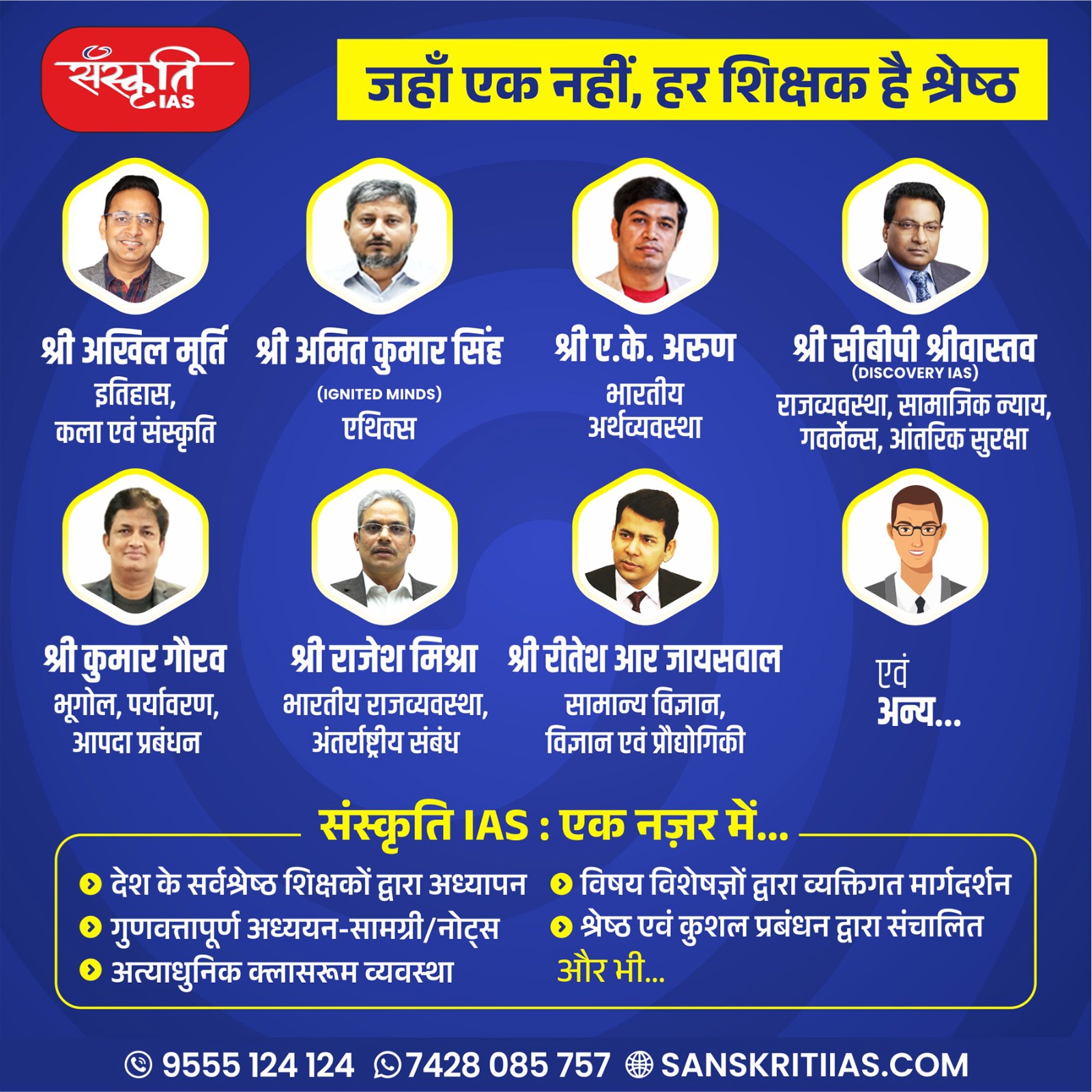Arati Hiremath is one of the outstanding women entrepreneurs and a founder of Kasuti Embroidery. She also gave a shawl to Our Prime Minister Narendra Modi and many more. I
Picture Credit ; Artikraft Kasuti Embroidery
Your journey of dedicating over 30 years, or maybe more than that, to preserving Kasuti embroidery is genuinely remarkable. Could you share the inspiration that led you to embark on this path and the challenges you’ve overcome to keep this ancient art form alive? When did you start your journey? Talk with us about that?
Warm greetings to All, My name is Arati Hiremath. My unit is ARTIKRAFTS. I live in DHARWAD, and I am the proprietor of Aarti Crafts, a Kasuti unit. I have been into this craft for 33 years. And when I started in 1990, it was still a languishing craft. Not many knew about this beautiful craft called Kasuti.
It’s basically a folk embroidery of North Karnataka. It has a GI tag as well. We are individual authorised users of the GI tag for Karnataka Kasuti. When I started in 1990, it was a relatively unknown craft. Not many people had given it enough exposure that it deserved.
We started very slowly, and for almost ten years, I started bringing saris and giving to these artisans. There were quite a few artisans, but unfortunately, there was not enough work. So a couple of artisans approached me for work, and from there, my journey started.
By the time it was 2002 3, I had about 60 artisans who were basically traditional artisans of this craft and who used to do this craft entirely by freehand without using any reference of stencil or tracing or net. This is actually how Kasuti is done, but unfortunately, due to a lot of demand these days and demand for bulk orders, we have to stencil the image onto the fabric or use a kind of net or a boil; that is what we call it, onto the fabric and then do the craft.
But still, the craft remains the same. As you all know, it is a very beautiful craft, and it has to look same on either side. It basically has three stitches or four, as the purest would call them, and they are davanti, murgi, negi and menthe.
Challenges We had a lot of challenges to face in the sense that as the internet was not there and as social media did not exist in the 90s, we had to wait for the exhibitions, or it was totally a word-of-mouth kind of publicity that we had to do.
Kasuti Embroidery holds a unique place in the cultural heritage of Karnataka. Could you share your insights into how this art form reflects the traditions, customs, and people of Karnataka?
Kasuti embroidery certainly holds a unique place in the cultural heritage of Karnataka. It is basically a folk embroidery of northern Karnataka belonging to the Dharwad region. Regarding the influences of our traditions, customs and religious practices, it basically was done by the women folk of the Nekar community, Nekar being the weavers community of Karnataka.
The women folk used to use this colourful yarn that were used to weave the saris and the leftover yarn to embroider the handloom saris that they have woven in their houses. Because it was from the village area, we saw that the traditions like the Mela’s and the temple festival and the Khar festivals, the customs of that area, like the naming ceremonies where we have the cradles of Rama and then the wedding ceremonies where we have the basingha that is a headgear that is worn by the bride and bridegroom and the temple chariot that is the rath that was used during the Mela’s of temples.
And a lot of nature which surrounded them; they drew inspiration from such things, and that is how the embroidery has been influenced. It has a lot of gopurams, it has birds, animals, it has the temple chariot that is the rath, it has the tulsi vrindavan, it has cradles, it has palak wins and things like that.
Kasuti is said to have resemblances with embroidery from Austria, Hungary, and Spain. Could you elaborate on how this embroidery form evolved and interacted with global influences while maintaining its regional identity?
Nothing much can be said about the influences which the British brought in from Austria, Hungary and Spain, which were also colonies of the British. As Kasuti is also an age-old craft, we don’t know whether Austria, Hungary and Spain drew influence from our folk art or whether we or the English taught us a few stitches which belong to those countries.
We don’t know who influenced whom, but certainly, we do see some resemblances to some different embroidery here, but the only thing I can say is Kasuti is unique in itself because it looks the same on either side of the fabric.
Kasuti embroidery has historical ties to specific districts like Bijapur, Dharwad, and Belgaum. Could you shed light on the journey of Kasuti from being a local craft to its current status as a significant aspect of Karnataka’s cultural heritage?
Regarding the historical ties to specific districts, Dharwad has been given the GI tag of Karnataka Kasuti. It has risen to a certain status now because of the exposures that some of us have brought about. It is undoubtedly influencing Karnataka’s cultural heritage now.It is recognised as one of the crafts that is here. But unfortunately, we still don’t see the kind of impetus that the government has to give the craft. Hopefully, it will come in early so that we can make better changes and grow it to greater heights.
The five garments on which Kasuti embroidery is traditionally done carry a rich cultural significance. How do these garments reflect the interplay between tradition and creativity in the context of Kasuti embroidery?
Kasuti was basically done or traditionally done on a saree and on a blouse, That was what it was traditionally done on because basically in South India We see that women always wore saris and only by the In late 70s, 80s and 90s there was a change in what the women folk wore here So basically it was done only on a saree and a blouse but now of course We have you know taken it to different highs at different things have come in We see a lot of elements that go into this and we Interplay it with the tradition and at the same time being very Contemporary about it.
So we do it on the Dupattas, we do it on Choli pieces, we do it on ghagras. We have lifestyle products like bags and pouches. We also have a lot of home decor like table runners, cushion covers, etc., so basically, now it is a mix of traditional and contemporary things that We do it on but basically, the Motifs and the Kasuti remain the same; only the application and the placement vary from things to things that are the change that has come into Kasuti
Artikrafts has skillfully brought Kasuti embroidery to a global audience. Could you shed light on the marketing strategies that have played a pivotal role in expanding the reach and appeal of this ancient art form beyond borders?
Yes, Articraft has, kilferly brought about Kasutim Roy Rhee to a global audience. There were no marketing strategies as such. We just went along with the times. In the 90s, we saw that there was not much demand for saris. Whenever we went to an exhibition, people always said, Arti, why do you bring so many saris?
We don’t wear them anymore. By the time it was 2008, 2009 and 10, we saw that through Facebook, a lot of groups were formed, saree groups were formed. People started promoting the wearing of saris. A lot of women were influenced by that and said, yes, saree can be worn on a daily basis.
There is so much beautiful craft in India. There are so many beautiful veers in India. So, they started researching what they wanted and how to have unique saris in their wardrobe. At the same time, in 2010, we realised that this is the future of marketing anything.
So, we had a Facebook page and promoted Kasuti as a wearable saree. We had cotton saris as low as around 4 000 to 5 000 rupees with beautiful Kasuti. So, many women started loving the things we were doing, and they said, why can you do it on silks?
So, we slowly started doing silk saris for them. A lot of women abroad also reached out to us and said, yes, we want this. This is so traditional, and it is so beautiful. At the same time, it is very subtle. It doesn’t have any bling.
So, there are a lot of women who like to wear things without the bling crystals or sequins. So, they started seeing it as a very classy product and they reached out to us. So, this is how we brought about a lot of market for Kasuti through these social media pages.
Balancing tradition with modernity is crucial in marketing a traditional craft. How has Artikrafts navigated this fine line while promoting Kasuti embroidery and making it appealing to both traditionalists and contemporary consumers?
Balancing tradition with modernity is certainly a very tough act, but we have managed to keep it so because we at Aptikrafts we believe strongly that the invention and reinvention of a craft has to always be there. So we always make sure that there is a constant change of the way we place the motives and the fabrics that we use, but still, traditional sarees are very much in demand, but we also have contemporized certain things.
We have made collages of the motives, and we have given it different looks. So people always, there are some people who don’t like very traditional things like the rat and the elephants and the traditional designs that we normally do in turn asari.
But then we have a lot of teardrop kind of collage or a paisley kind of collage which we use. So, and for the youngsters, of course, we have t-shirts, we have crop tops, we have dupattas, we have stalls and other things because people come looking out for things to give as gifts to teenagers, to old people, to men and other things.
So we make sure at our studio we cater to a whole huge range of people with a lot of things from our side. That is how we sort of balance the whole market.
In a world of fast fashion, maintaining authenticity is essential. How has Artikrafts communicated the authenticity and uniqueness of Kasuti embroidery to consumers amidst the noise of mass-produced alternatives?
I know it is a world of fast fashion, and like you said, we are in the midst of the noise of mass-produced alternatives. But I must tell you that we are not in the race at all. As is the niche product, it is a wonderful craft that people have to pay for. So we have our own market, our own prices and of course, we have to still cater to the people who would like to use not just wear saris but other wearables.
So for them, we have crop tops, we have wrap-around skirts, we have t-shirts, and for men, we have Modi jackets or Nehru jackets like you would like to call them. We also use a lot of Dhodi’s or lungi’s as we call them here, just wrap around once. We have Shalyans, that’s a Vesti, the thing that men wear over a Dhodi.
These are all the new things that we have come out with, but we have our own markets so we are not really much bothered about the cheaper version of machine-made Kasuti or things like that.
What future strategies does Artikrafts envision to sustain and further elevate the popularity and recognition of Kasuti embroidery on a global scale?
Kasuti was basically done or traditionally done on a saree and on a blouse, That was what it was traditionally done on because basically, in South India, We see that women always wore saris, and only by the In the late 70s, 80s and 90s there was a change in what the women folk wore here So basically it was done only on a saree and a blouse, but now of course We have you know taken it to different highs at different things have come in We see a lot of elements that go into this and we Interplay it with the tradition and at the same time being very Contemporary about it.

So we do it on the Dupattas Pata’s, we do it on Choli pieces, we do it on ghagras. We have lifestyle products like bags and pouches. We also have a lot of home decor like table runners, cushion covers, etc, so basically, now it is a mix of traditional and contemporary things that We do it on but basically, the Motifs and the Kasuti remain the same. Only the application and the placement vary from thing to things. That is the change that has come into Kasuti
The choice of a distinct embroidered shawl with motifs representing temple decor worn by Prime Minister Narendra Modi at the National Youth Festival was notable. As someone deeply connected to Indian traditions and culture, how did this visual representation make you feel, and what thoughts did it evoke?
Yes, giving Prime Minister Narendra Modiji a shalya or shawl as you call it, at the National Youth Festival was certainly one of the unique moments of my career and of my life because it was not only to the Prime Minister but also to the person whom I admired a lot, whom I admire a lot and also to the finance minister who bought a saree from us for her presentation of the budget and also she wore a saree at her daughter’s wedding.

So these two things made me really, really very proud of our artisans, very proud of us for having been very true to the craft and who have stuck on to traditions, and I could not have had better ambassadors for my brand than the Prime Minister and the Finance Minister within one month of each other.
So it was a very, very proud moment for me and I don’t think anything could be bigger than this.
This unique shawl bore motifs reminiscent of temple decor, merging tradition with contemporary fashion. How do you see this as a reflection of the broader movement to infuse cultural elements into everyday life and public appearances?
Yes, we know that Modiji is deeply connected to Indian traditions and culture. And that is why the district administration decided to give him something that was very local. So that is the Kasuti embroidery. And the shawl that we made for him was KSIC, that is Karnataka Silk Industries Corporation, Mysore Silk Shalya, Ivory Color One.

And it had all the, you know, the traditional motifs on it. It had the rat, it had the elephants, it had a lot of deers, it had peacocks and a lot of other traditional things. I do hope that he has in it deeply. And I’m sure if he had, he would have definitely appreciated the local craft.
It is more, it is a kudos to the craft than to us. They were only the ambassadors of the craft. So we are really proud of that.
This event marked a fusion of tradition and modernity, with the shawl adding a distinctive touch to contemporary attire. How do you see this blending of the old and the new influencing the way we perceive and celebrate our cultural heritage?
Yes, these days, it is all about the fusion. It is all about the culture and the tradition and at the same time, contemporizing your attire. So, we always see that he wears beautiful Bodhi jackets, as we call them, or it is Nehru jackets, as people prefer to call them.
But we always see that he wears attire of immense taste, which also speaks of a lot of our cultural heritage. So, this shawl certainly added a very distinctive touch to his attire, and I hope he uses it again, and we will be very, very proud if he does. So, thank you.
The Initial Days
Initially, when I started in 1990, I started with two artisans. I slowly graduated to about 50 -60 by the time it was 2000. And now we have a strong artisan base of about 200 plus artisans.
Invited at G20
Another feather in a cap was being invited to the G20 Summit in Bangalore. It was the finance summit. We were there for five days, and the delegates, mostly foreign delegates, loved our products and appreciated our craft.

Your Inspirational Quote for the Day?
My inspirational quote for the day and for the rest of the days is only hard work, hard work, and a lot of patience. It certainly pays off. Thank you.























